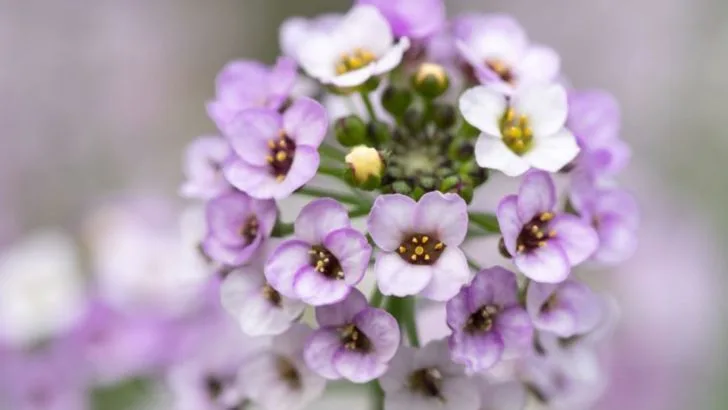If you’re looking to keep wasps away from your garden, it’s essential to be mindful of the plants you choose. Some flowering plants are known to attract wasps, making your outdoor space less enjoyable. While these plants may be beautiful, they can bring unwanted pests to your yard.
Certain flowers release scents or have characteristics that appeal to wasps. For example, plants with strong, sweet-smelling flowers or those with easy access to nectar often draw them in. While some may offer benefits for pollinators, it’s best to avoid them if you want to deter wasps from taking over your garden.
In this article, we will highlight 16 plants that are known to attract wasps. Understanding which flowers to avoid can help you design a peaceful, pest-free garden, allowing you to enjoy your outdoor space without the buzzing interruptions.
Sweet Alyssum
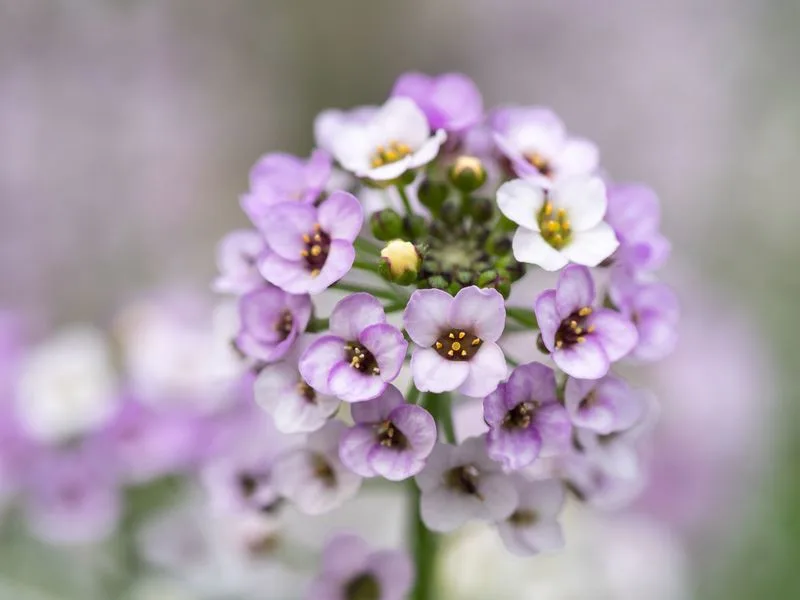
Tiny clusters of Sweet Alyssum are lovely to behold but are quite the attraction for wasps. These delicate, sweet-smelling flowers produce nectar that draws in more than just honeybees. Wasps find the fragrance irresistible, often buzzing around en masse. This can turn a peaceful afternoon in your garden into a wary retreat indoors. Consider replacing Sweet Alyssum with other equally charming but less compelling options for wasps. Opting for plants such as lavender may offer a more balanced ecosystem without the risk of wasps taking over your garden’s tranquility.
Peonies
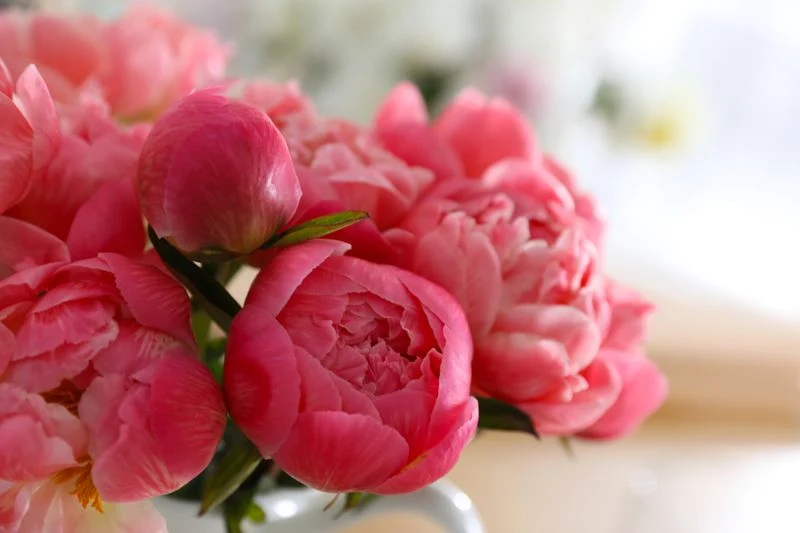
Peonies are known for their large, opulent blooms and delightful scent. Unfortunately, their sweet nectar is a magnet for wasps seeking a sugary feast. While their beauty is undeniable, these flowers often invite a flurry of unwelcome activity during peak blooming seasons. If you’re intent on maintaining a serene garden, consider planting less seductive alternatives like dahlias. This change might save you from frequent, unwanted visits. Your garden can still boast vibrant colors without the added buzz of wasps interfering with your garden chill time.
Honeysuckle
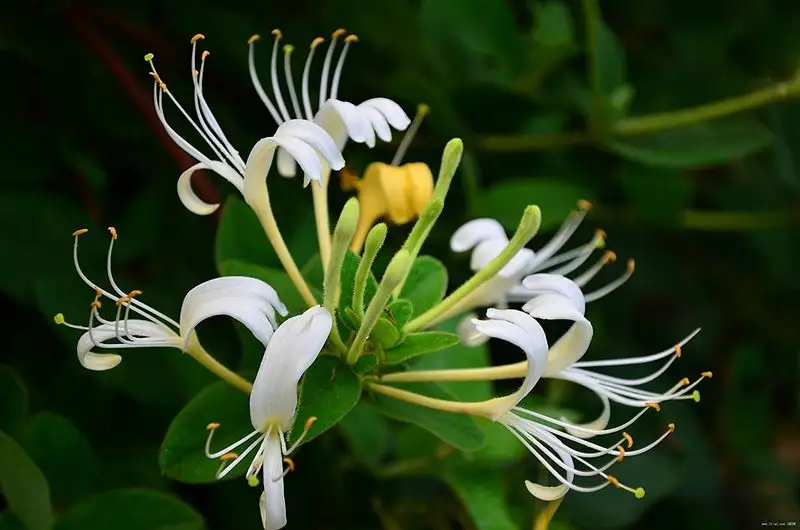
Honeysuckle’s intoxicating aroma and abundant nectar are a boon for wasps. These climbing beauties can turn any trellis into a buzzing hotspot. While their scent is cherished for its ability to fill a garden with fragrance, it also means constant wasp surveillance. Consider substituting honeysuckle with clematis. This might help keep the peace in your green space while still providing the vertical interest that climbers offer. A strategic plant swap could mitigate wasp invasions without sacrificing garden aesthetics.
Sedum (Stonecrop)
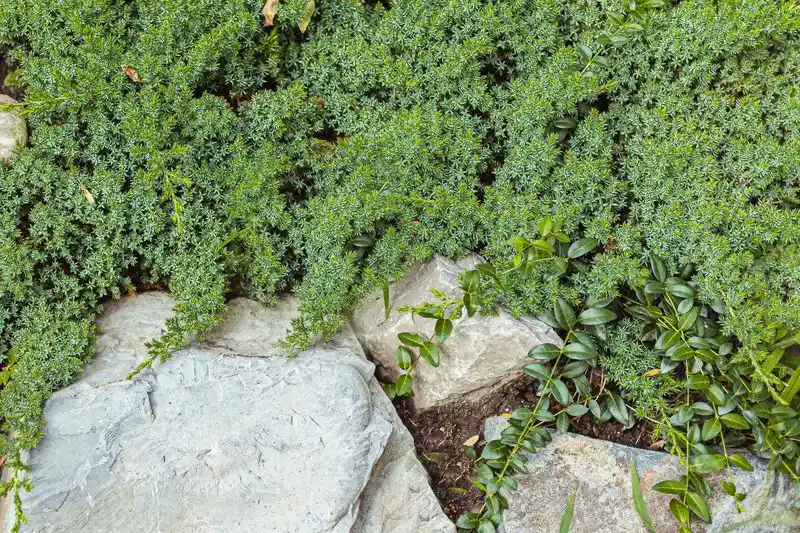
Sedums, commonly referred to as stonecrops, have star-shaped blooms that are a feast for the eyes—and for wasps. Their late-season flowering provides wasps with a vital nectar source as summer wanes. While their drought-resistant nature makes them appealing for low-maintenance gardens, they may invite more buzzing guests than you’d prefer. Consider other succulent varieties that don’t draw in wasps. This choice could maintain your garden’s easy-care reputation without compromising your peace and quiet as the seasons change.
Fennel

Fennel isn’t just a culinary delight; it’s a wasp favorite, too. Its towering stalks and cheerful yellow blooms are hard for wasps to resist. Whether you’re growing it for its flavorful seeds or its ornamental value, fennel might bring more trouble than it’s worth. Wasps frequently visit its flowers, making garden time less relaxing. To keep your outdoor space more tranquil, consider planting herbs like basil or sage. These options are less likely to attract wasps, allowing you to enjoy your garden without the buzz.
Goldenrod

Goldenrod, with its bright yellow blooms, often gets mistaken for the source of seasonal allergies but is more notorious for attracting wasps. Its pollen and nectar provide a late-summer buffet that wasps eagerly seek out. Though its architectural presence can be striking, it often leads to more wasp activity than you might desire. If you’re aiming for a wasp-reduced garden, consider substituting goldenrod with asters. This swap could help maintain color vibrancy and beneficial insect visits without the wasp influx.
Marigolds
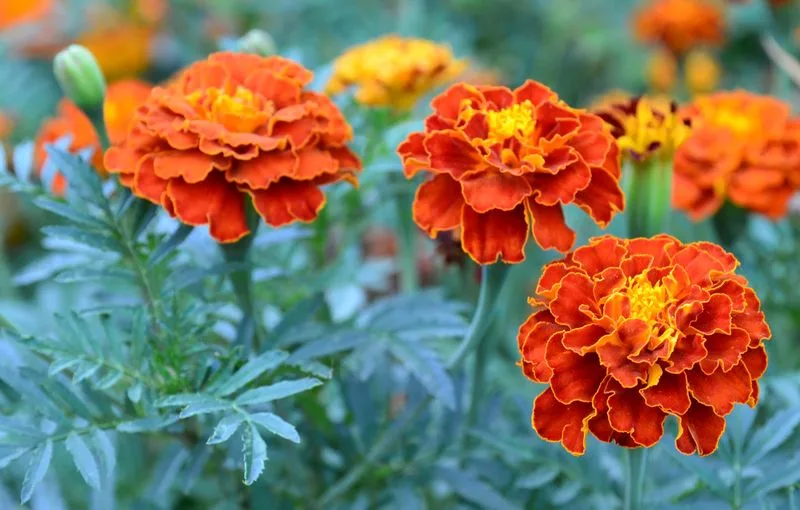
Marigolds, with their vivid colors, are garden staples but can also be a beacon for wasps. Their spicy scent and bright petals invite not only pollinators but wasps looking to scavenge. Though they’re typically planted for pest control, the unintended side effect could be more wasps. If you’re seeking a similar visual impact without the risk, consider petunias. They offer a range of colors and repel pests without the wasp draw. This simple change can make your garden a more pleasant space to unwind.
Yarrow

Yarrow is celebrated for its medicinal properties and drought resistance, but its flat-topped blooms are a wasp’s haven. The clusters of tiny flowers provide ample nectar, enticing wasps throughout the blooming season. While yarrow can be a resilient garden addition, it might invite more wasps than desired. To keep the peace, consider replacing yarrow with other perennials such as coreopsis. This swap allows you to maintain a hardy garden without the annoyance of wasps constantly visiting your floral displays.
Queen Anne’s Lace
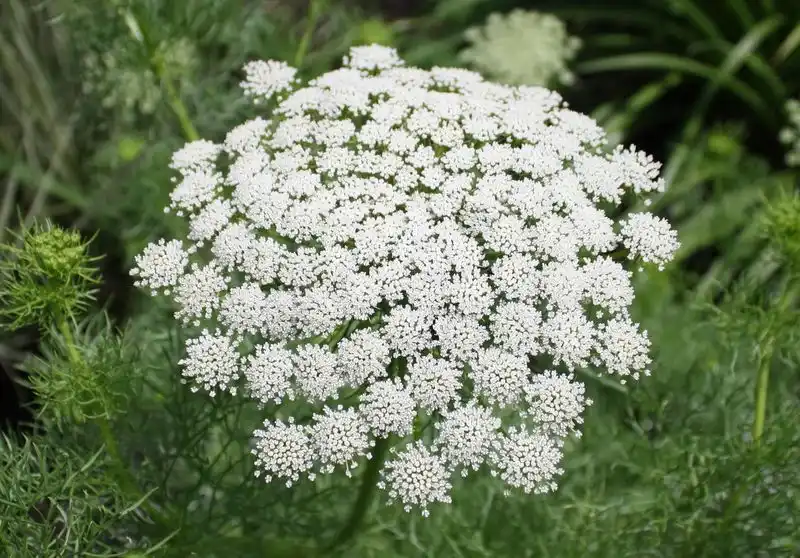
Queen Anne’s Lace, with its lacy, white blooms, crafts a fairytale-like garden aesthetic, but at a cost. Its open umbels are particularly attractive to wasps, offering easy access to nectar. While its wildflower charm is undeniable, those aiming for a wasp-free environment might think twice. Consider cultivating plants like cosmos instead, which provide similar visual appeal without the wasp attraction. This thoughtful change can preserve your garden’s ethereal beauty while minimizing buzzing interlopers.
Cotoneaster
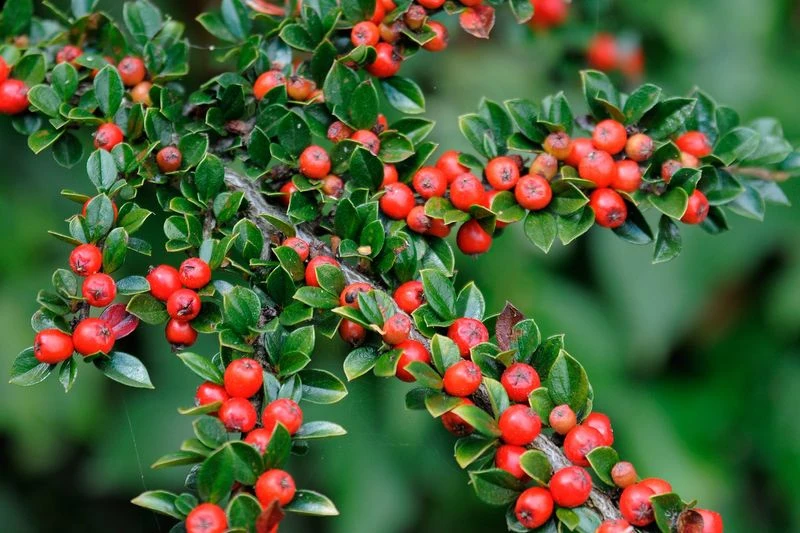
Cotoneaster bushes, with their glossy leaves and red berries, seem unassuming but are wasp magnets. Their flowers produce ample nectar that wasps find hard to resist. While these shrubs are often used for their decorative berries and hardy nature, they might attract more wasps than you’d like. If keeping wasps at bay is a priority, consider substituting cotoneaster with holly. This change maintains the ornamental value without the unwanted wasp traffic, allowing for a more enjoyable garden experience.
Elderflower
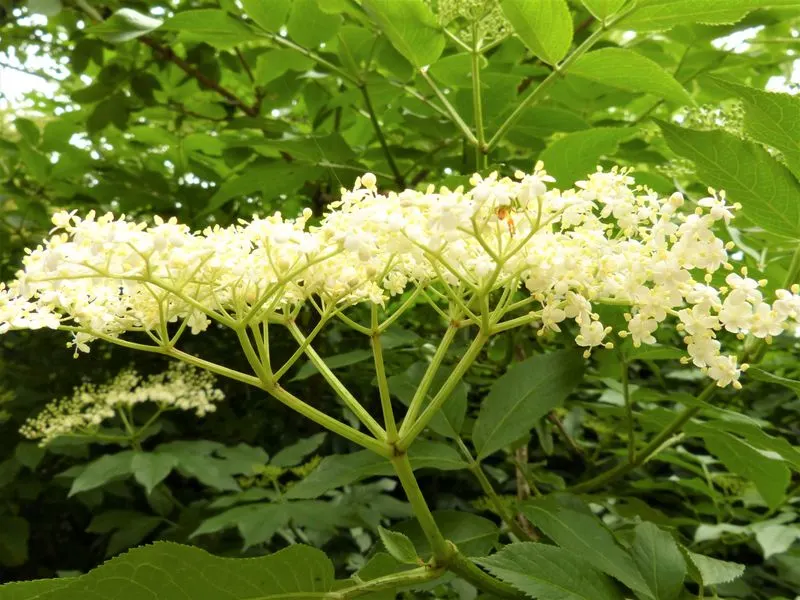
Elderflower is renowned for its fragrant blossoms and versatility in culinary uses, yet its appeal extends to wasps. The creamy-white flowers offer an abundance of nectar, making them highly attractive during blooming periods. While they add a touch of elegance, they can also lead to more wasp encounters. For a garden less frequented by wasps, consider planting lilacs instead. This alternative retains floral elegance while reducing the potential for wasp-related disturbances during your garden leisure moments.
Cuphea
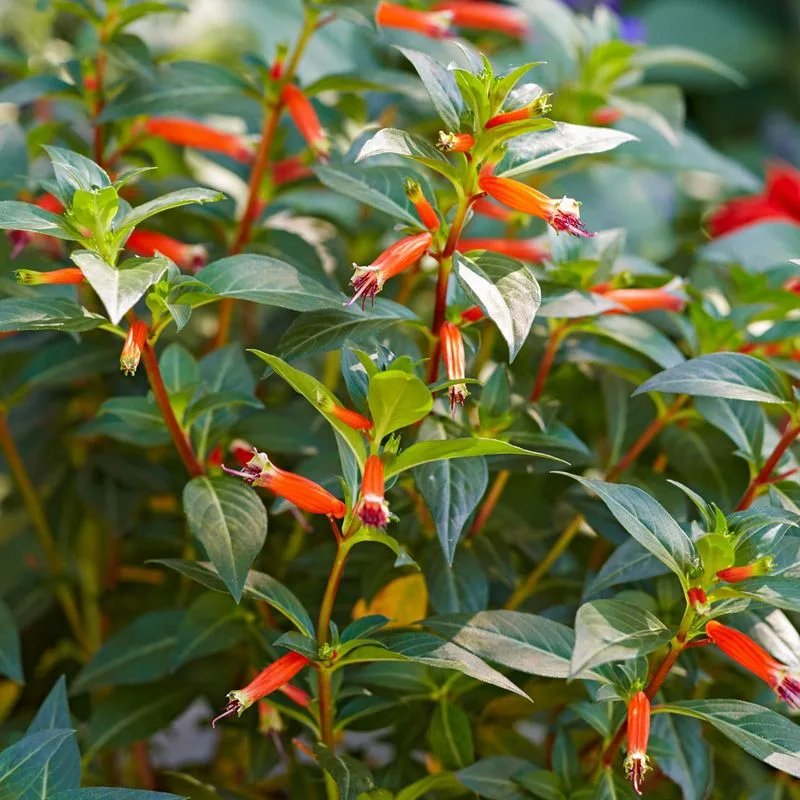
Cuphea’s unique, tubular blooms in bright hues of red and purple make a striking garden feature, but they’re also a hit with wasps. The flower shape is perfect for wasps seeking nectar, leading to frequent visits. While these flowers can certainly make a bold statement, they might also bring more buzzing than anticipated. To mitigate this, consider planting salvia, which offers similar vivid colors without attracting wasps. This choice allows you to enjoy bold garden hues without the buzzing accompaniment.
Angelica
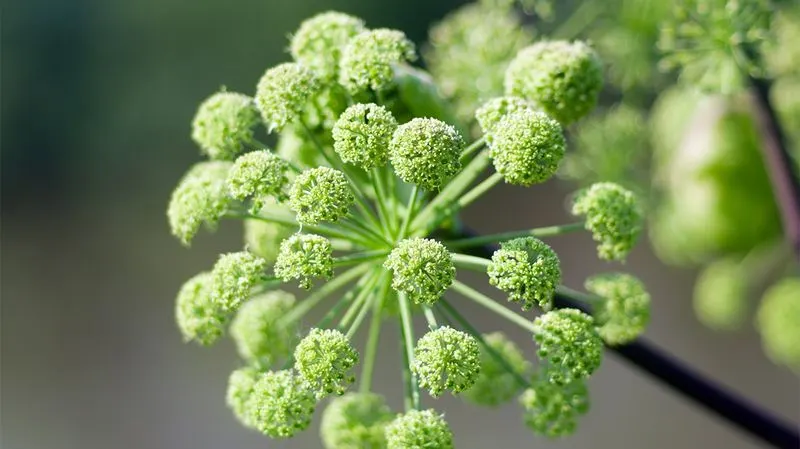
Angelica, with its towering stalks and spherical flower clusters, is an eye-catching addition to any garden. Unfortunately, it’s equally attractive to wasps. The flowers’ structure offers easy access to nectar, making it popular among wasp visitors. While its architectural beauty is appreciated, the accompanying wasps might not be. If you want to maintain garden aesthetics without the wasp appeal, consider growing dill. This herbaceous alternative can offer similar stature without the increased wasp activity, preserving the peace in your garden.
Echinacea (Coneflower)
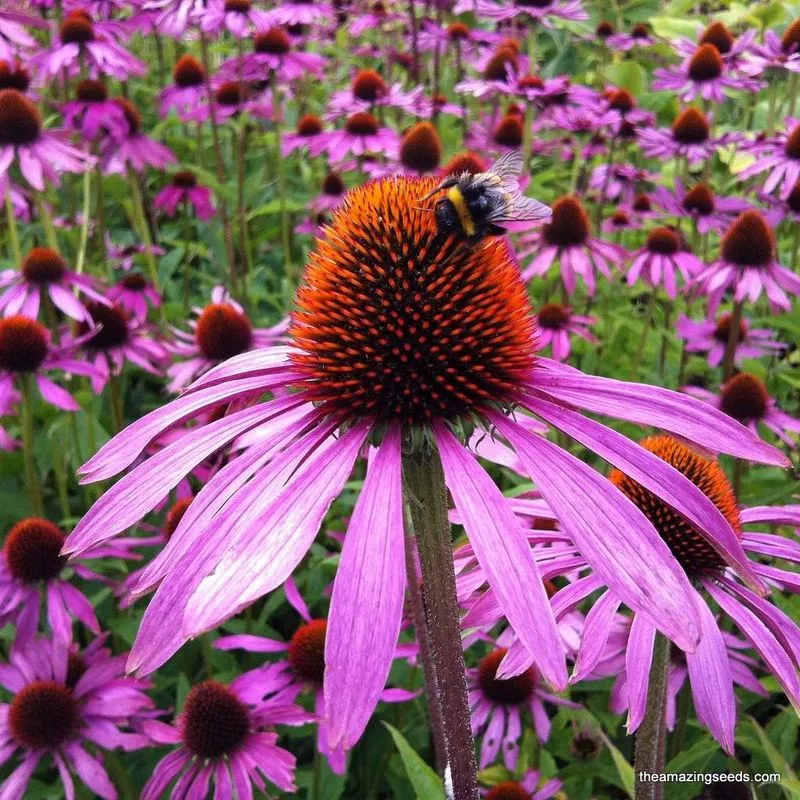
Echinacea, or coneflowers, are admired for their striking appearance and health benefits. However, their nectar-rich centers attract more than just beneficial pollinators. Wasps are frequent visitors to these vibrant blooms, which can become an issue for those looking to enjoy a wasp-free garden. Consider swapping echinacea with black-eyed Susans. This alternative maintains the appeal of vibrant petal displays without drawing in unwanted wasp guests, allowing you to savor your garden space in peace.
Hollyhocks

Hollyhocks exude classic garden charm with their tall spikes and vibrant flowers. Unfortunately, their allure extends to wasps, thanks to the plentiful nectar they produce. While they add vertical interest and color, these blooms might lead to more buzzing than you bargained for. If you’re seeking to keep your garden calm, consider planting foxgloves instead. This choice can provide similar height and drama without inviting wasps, creating a more serene outdoor experience for all.
Privet
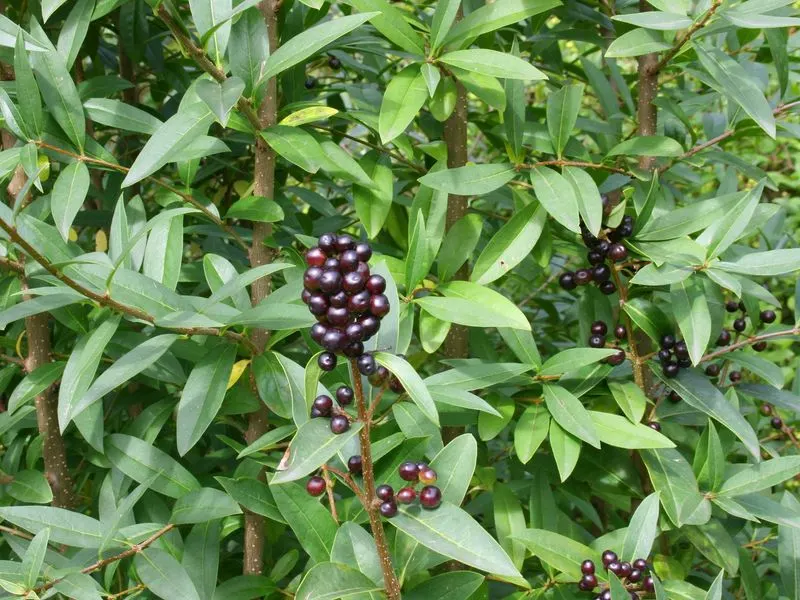
Often used for hedges, privet’s small white flowers might seem inconspicuous, but they are a wasp magnet. The flowers’ potent fragrance and nectar are highly attractive to wasps, which might not be the company you desire. If your aim is to cultivate a wasp-free garden space, consider substituting privet with boxwood. This alternative maintains the structured look of hedging without the wasp attraction, ensuring a more peaceful environment for your garden enjoyment.

